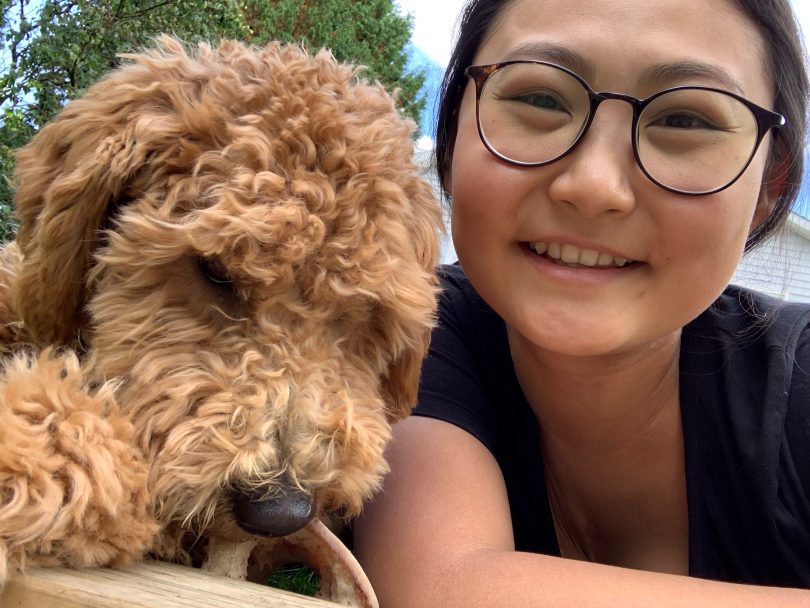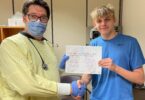In June 2020, Naomi Lee was a healthy, 19-year-old college student who had just wrapped up the second year of her Education studies.
That summer, she and members of her family contracted a bad flu bug.
Tests quickly ruled out COVID-19, but as her relatives recovered, she became increasingly more ill.
It got so bad that the Coquitlam resident visited her local hospital’s Emergency Department.
There, she was diagnosed with walking pneumonia and sent home with antibiotics. Those didn’t help though, and three days later she returned to the ED with chest pain and shortness of breath.
Life-changing events
Doctors diagnosed her with myocarditis, an inflammation of the heart muscle. They urged her to stay in hospital for more tests.
A good thing – the next day, her heart stopped altogether.
What followed for Lee was a series of dramatic life-changing events that culminated in a heart transplant at St. Paul’s Hospital, the provincial centre for heart transplantation.
On this World Heart Day, Lee, now 20, is eager to tell her story to help other heart-transplant recipients to work through the experience. She says being a transplant patient can be isolating at the best of times, but more so during COVID-19, which placed limits on her visitors.
She also wants her story to motivate people into considering organ donation.
Major interventions were not working
After her diagnosis of myocarditis and before the transplant that would save her life, Lee was placed on an ECMO machine – essentially life support for her heart and lungs – not once, but twice.
Her case was unusual for a variety of reasons, say Dr. Jamil Bashir, whose team performed Lee’s transplant surgery.
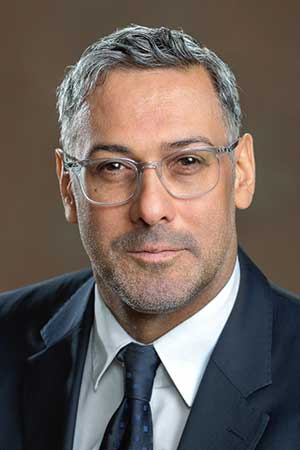
He says her diagnosis of walking pneumonia, considered a milder form of the illness, rarely progresses into a serious heart problem.
And despite the two ECMOs, “she just kept failing.”
So the team at St. Paul’s decided to implant into her an LVAD (left-ventricular assist device), a kind of mechanical heart pump that usually, but not always, acts as a bridge to transplant. It includes an external component that Lee carried around, adding some eight pounds to her slight frame.
Trying to avoid transplant
The hope was that the LVAD would help heal her heart. “All along, we were trying to avoid transplant in someone so young,” says Dr. Bashir. “But her heart just wasn’t recovering.”
Ultimately, she was placed on the heart-transplant wait list. Lee couldn’t believe it. “It was devastating.” But she resigned herself to the prospect if it meant saving her life.
When she finally got the call earlier this year that a heart had become available, she was ecstatic. ‘Are you joking?!’ she told outpatient VAD nurse Kim Brownjohn, who conveyed the transplant news. “I expected a longer wait.”
Because her LVAD device had to be extracted, her surgery took longer than most heart transplants – about nine hours. (Typically, a heart transplant takes about half that time.) There were about 15 people in the operating room.
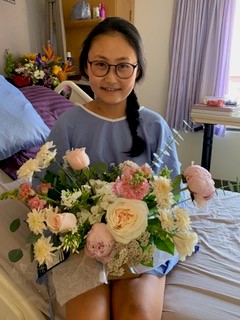
But there was an upside to having had the device. Because it was supporting her heart before the transplant, she recovered relatively quickly.
“She’s amazing,” says Dr. Bashir. “She just flew through the transplant.”
She became one of 16 British Columbians to receive a new heart this year, as of September 1.
Small jog, big milestone
The first couple of weeks post-transplant were tough, but Lee proudly reports that recently, she went for a short jog for the first time in many months.
As she reflects on the experience, she says at times, her experience was lonely. “COVID and heart disease are isolating things, especially for a 20-year-old.”
She has turned to some online support groups, including Heart Life, a foundation created by two-time heart-transplant recipient Jilliane Code and Marc Bains, who is the 500th heart transplant recipient in British Columbia. Both had their transplant surgeries at St. Paul’s. Lee says that group helps her know others have walked her path and can relate to the ordeal.
Strong bond between Lee and the nurses and care team
After her 14-month ordeal, Lee is profoundly grateful to everyone at St. Paul’s whose compassionate care helped her through her ordeal – the LVAD and transplant teams, and the nurses who got her through the dark moments, including Brownjohn and Clinical Nurse Leaders in Cardiac Surgery ICU/the Cardiac Unit: Carrie Bancroft, Holly Andrews, Hecel Peakman and Ann Gibb.
The nursing team developed a strong rapport with Lee. “Naomi is unique, in many ways, and touched the hearts of many of the team members in the Heart Centre,” says Wynne Chiu, Clinical Nurse Specialist, Heart Failure and Transplantation at St. Paul’s.
“Given how complicated and critical Naomi’s case was, she spent a long time recovering in our Cardiac Surgery ICU and cardiac unit, through multiple admissions in the beginning and midst of the COVID era. Naomi even sent a video recorded message to the nursing staff during Nursing Week to help encourage them to persist through the tough times.”
Lee also built a strong bond with Brownjohn, who walked along side her every step of the way, recalls Chiu.
Register to be a donor
Lee’s message for others is to consider organ donation so that other lives can be saved, just as a generous person saved hers. She says she can never be grateful enough to the donor family.
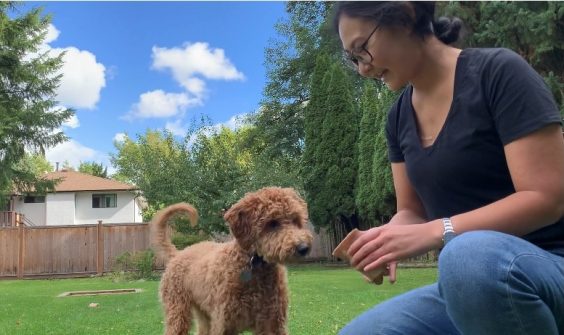
Dr. Bashir emphasizes the sentiment.
And, he adds – “make sure you get vaccinated!”
To register as an organ donor, visit BC Transplant.

